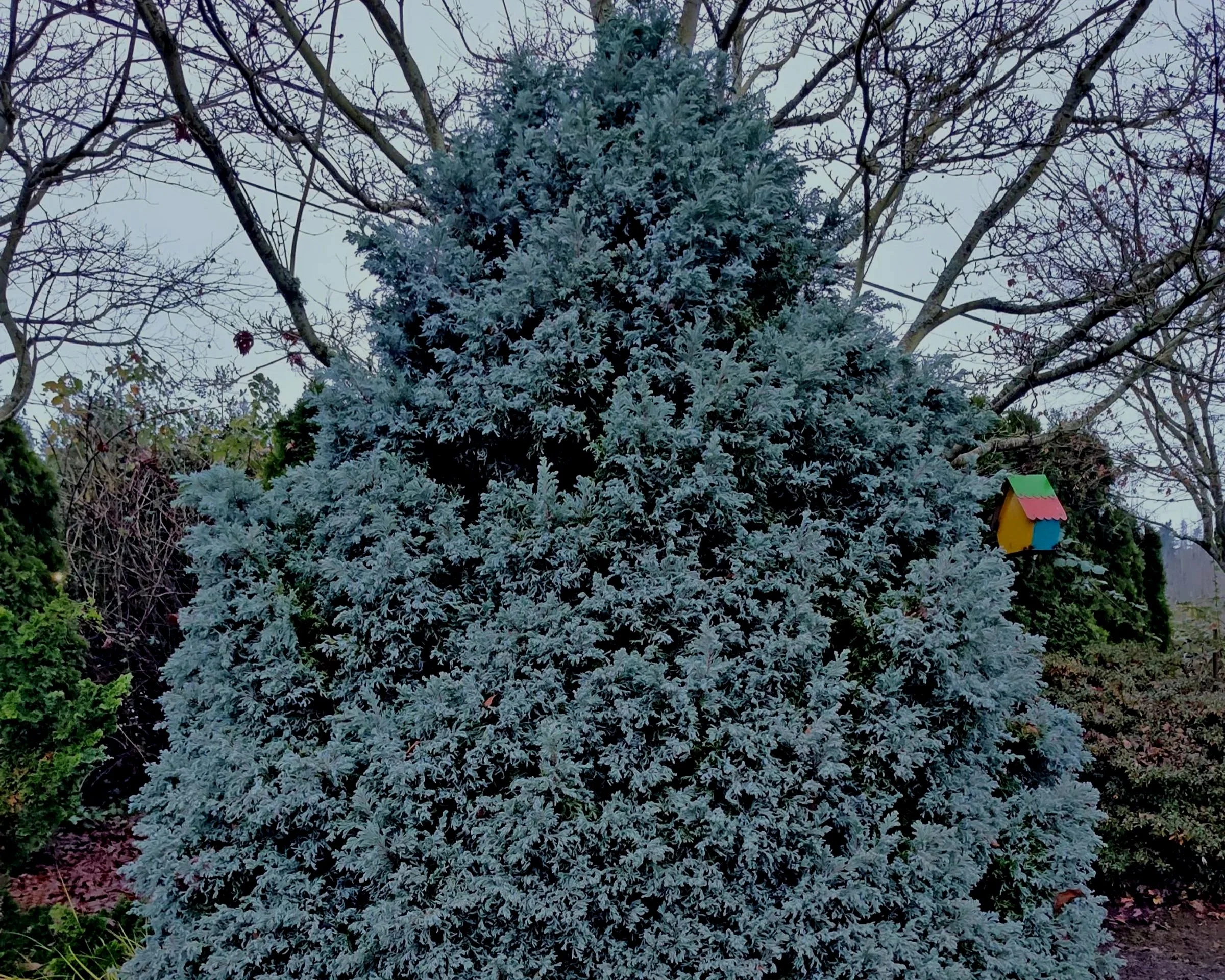By the time you read this column it will probably be raining and the cold dry spell of late December and early January will be behind us. According to the weather gurus, this was the coldest winter since 2013 with temperatures dipping into the mid-teens in most areas during the night and staying at or below freezing during the day for over a week. The question for all of us gardeners is of course: “What sort of damage should we expect to see from this event?” I am happy to say that after a thorough inspection of my garden I feel confident that any damage from the big freeze is going to be minimal. Here is why...
Every year during the winter months we almost always get some kind of “Arctic” event that brings subfreezing temperatures to our gardens for a week or so. What makes them either devastating or irrelevant is mostly a matter of timing. A few years ago we had a hard freeze in early November that caused considerable damage to our gardens simply because plants had not “hardened off”, which is a horticultural term for acclimating to a change in the environment. When plants get “shocked” by a sudden change, be it in temperature or amounts of sunlight (like moving a house plant outside into full sun for a few hours and having it burn), foliar damage will always occur. The severity of that damage is in direct correlation to the severity of the change. So when we get an early freeze or a late freeze and plants are not ready for it we can have a big mess.
The absolute best time to experience an “Arctic” event is the month of January or late December and that is exactly what happened this year. If you were out in your garden during the freezing weather you might have noticed how dehydrated the broadleaf evergreens looked. Rhodies, camellias, aucubas, fatsias, and evergreen perennials like hellebores and bergenias, had a dull, thin look to their leaves, a sure sign of being moisture stressed. When the soils are frozen and there is no moisture in the air, leaves can actually dry out to the point of being burned. This is true even in the moist Pacific Northwest. I was beginning to get concerned for my own garden until we finally received some rain after the first series of subfreezing temperatures and all of my evergreen plants gave a collective sigh of relief and returned to their glossy and full state of happiness. I am pretty sure the worst is behind us.
The degree of damage in your garden will be a function of your microclimate, what kind of tender plants you might have, and how aggressive you were about cleaning up this last fall. Because I live on top of a small hill I tend to be 5 degrees warmer than those that live down in the flats (cold air flows down from my hill and settles in the low lands). When the temperatures are below freezing, 5 degrees can be significant. If you did the “Neat Nellie” thing this last fall and pruned and raked like a maniac and left everything exposed then you will probably have more damage than those of us that followed “Messy Molly”. Either way, the plan for all of us is to wait until our gardens wake up in the spring and then prune out any dead limbs, remove any dead plants, and get excited about looking for some new ones. There’s always a silver lining.


